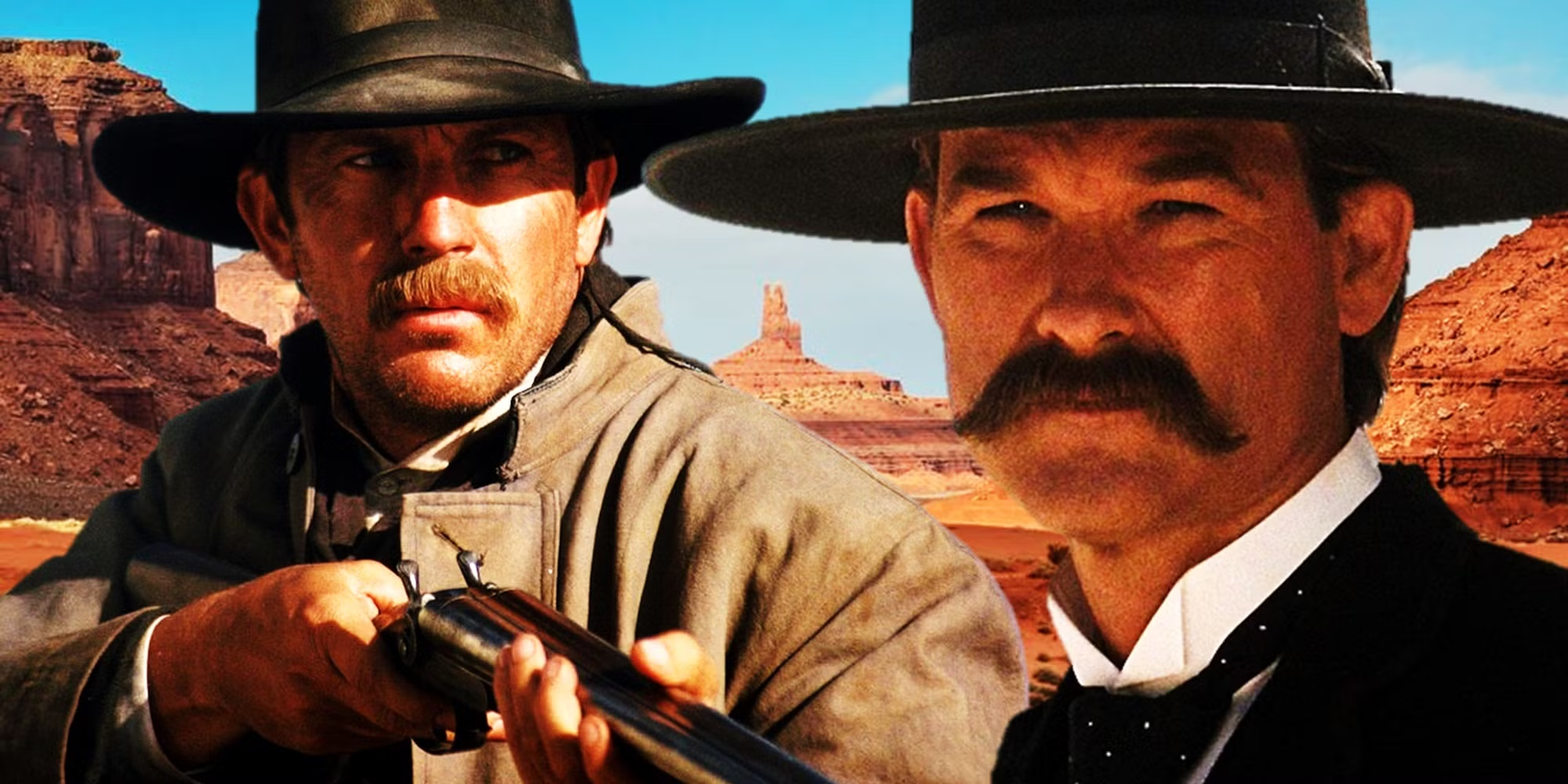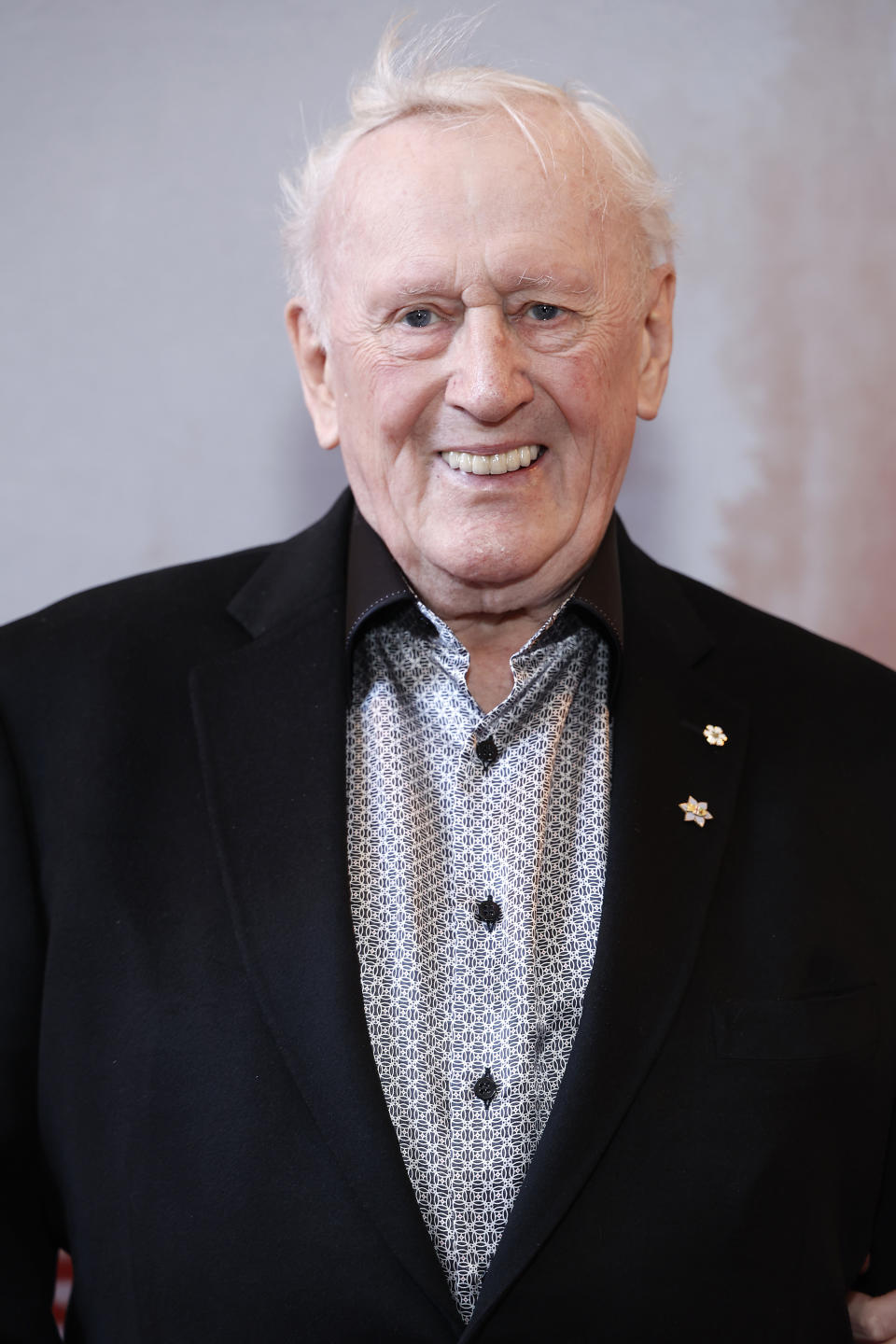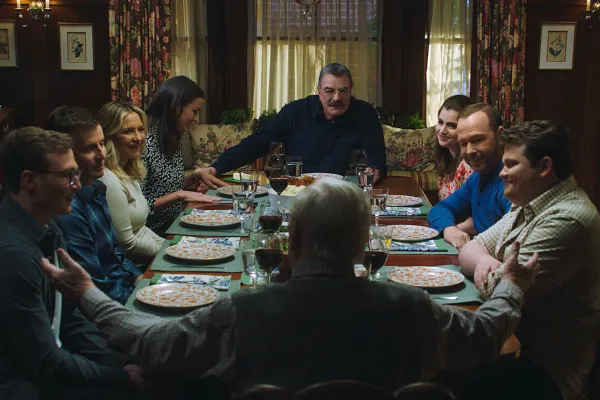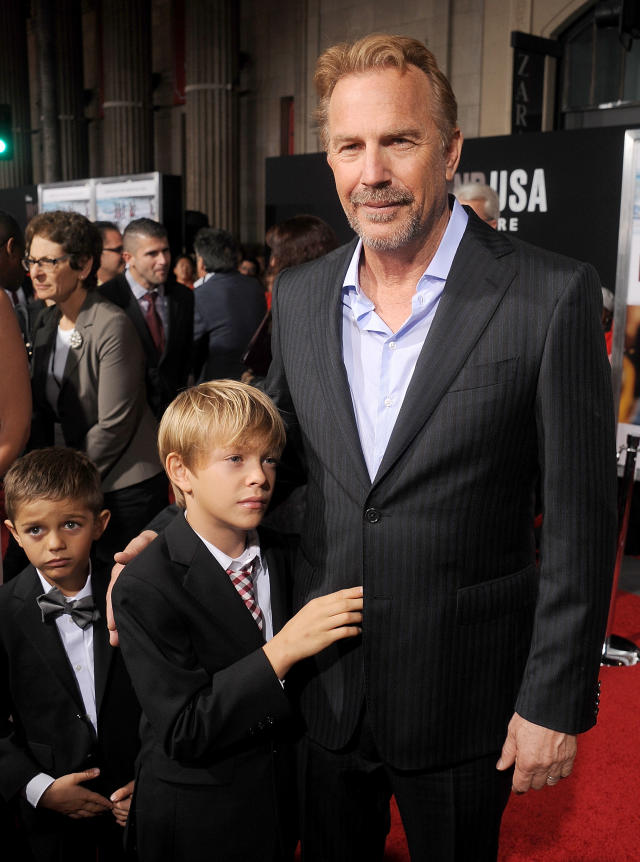Kurt Russell’s Tombstone and Kevin Costner’s Wyatt Earp both depict one of the most famous events in Wild West history: the Gunfight at the O.K. Corral. But which film delivers a more accurate portrayal of the legendary showdown? To answer this, a Wild West historian delves into both films, comparing their interpretations of the iconic figures and the infamous gunfight.
On one hand, Tombstone (1993), with Kurt Russell as the stoic Wyatt Earp, is known for its fast-paced action and larger-than-life characters. The film condenses the events surrounding the gunfight for dramatic effect, highlighting tensions between the lawmen and the outlaw Cowboys. While Russell’s performance is widely praised, the film takes liberties in simplifying the complex relationships and events leading up to the fight.
On the other hand, Kevin Costner’s Wyatt Earp (1994) offers a slower, more comprehensive exploration of Earp’s life, from his early days to his time as a lawman in Tombstone. Costner’s portrayal is more somber, aiming to capture Earp’s personal struggles and the moral ambiguities of his life. However, while this film spends more time building up to the O.K. Corral, it still alters key details to heighten drama.
Both movies share one major historical inaccuracy: the portrayal of the gunfight itself. In reality, the shootout was far shorter and less choreographed than the extended, highly stylized versions shown on screen. The real fight lasted about 30 seconds, with fewer than 30 shots fired. In contrast, both films stretch the confrontation into a cinematic spectacle, adding elements like dramatic standoffs and drawn-out exchanges that never occurred.
In the end, while Wyatt Earp may offer a broader view of the lawman’s life, Tombstone comes closer to capturing the spirit and intensity of the event. However, neither film can claim full historical accuracy when it comes to the gunfight that cemented Wyatt Earp’s legendary status in the American West.




